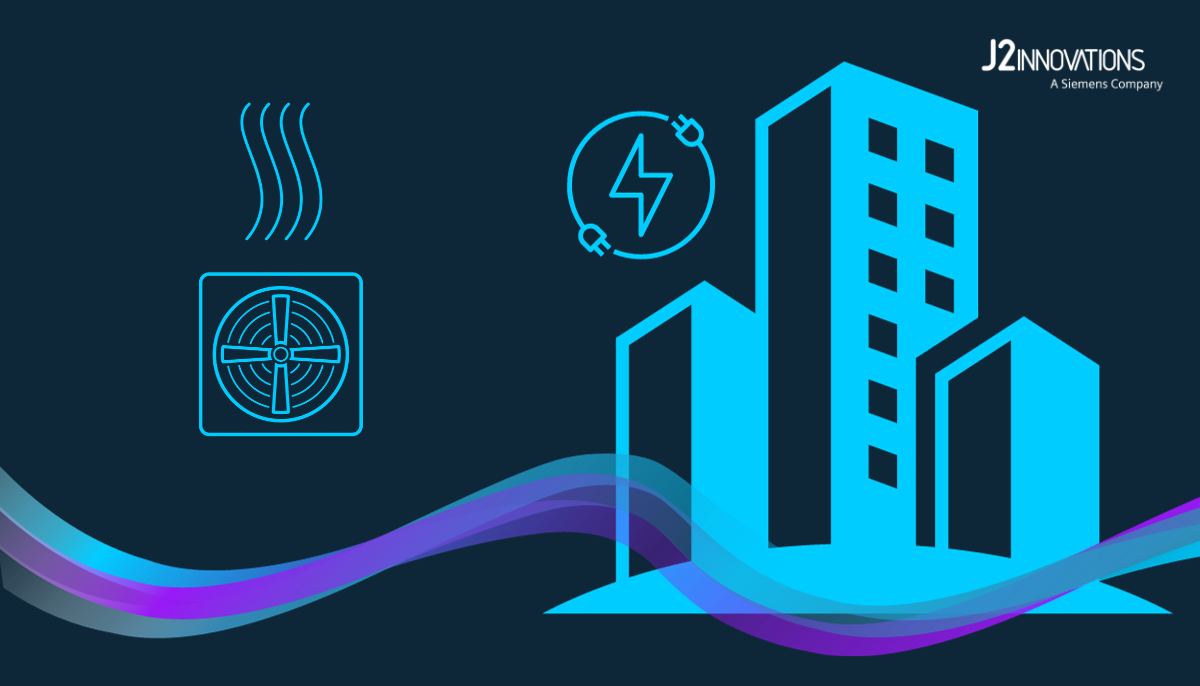The home of smart buildings, smart equipment and IoT

Did you know that heat pumps are more than twice as efficient as fossil fuel heating systems? New research from Oxford University and the Regulatory Assistance Project think tank have found that at temperatures even below zero, heat pumps were between two and three times more efficient. Heat pump systems can come in many different configurations, which can be extended beyond residential to commercial applications.
A heat pump is a highly efficient heating and cooling system that operates on the principle of transferring thermal energy from one place to another. It works by extracting heat from the surrounding environment, such as the air or ground, and then moving it indoors to heat a space, or expelling it outdoors to cool a space. Unlike traditional fossil fuel-based heating systems, which generate heat through combustion and are inherently energy-intensive, heat pumps merely move heat, consuming far less energy in the process.
Heat pumps can be designed to satisfy a variety of mechanical system configurations. One configuration is an air-to-air heat pump, where heat energy is transferred from outdoor air to indoor air for winter heating and from indoor air to outdoor air for summer cooling. In countries where hydronic heating is popular through the use of radiators and traditional boilers, an air-to-water heat pump is a new configuration. This system brings in heat energy from the outdoor air and transfers it to the water that feeds radiators throughout the house. In commercial heat pump installations, many units are connected in parallel to a common water loop. Each heat pump provides heated or cooled air to the space by rejecting or taking heat from the water loop. One added bonus in a commercial high rise is the loop can share "waste heat" from interior zones to provide heating for perimeter exterior zones.
For commercial heat pump HVAC systems, there needs to be a centralized control system that brings together the control of the primary and secondary pumps, electric boilers, and cooling towers that make up the heat pump loop system. In addition, it needs to be able to take into account the demands of the various zones to optimize the loop temperature for the most efficient operation of the heat pumps.
Advanced software, such as FIN Equipment Control and Optimization (FIN ECO) is used to automatically display the real-time performance of key components in the heat pump loop system equipment. FIN ECO provides a plug'n'play commissioning experience, which makes it easy to set up a plant in the fastest and easiest way through a visual, guided process that doesn't require programming skills.
By leveraging electricity to transfer heat rather than burning fossil fuels, heat pumps contribute to reducing carbon emissions. Both residential and commercial heat pumps are playing a pivotal role in transitioning to a more sustainable and environmentally friendly approach to heating and cooling. There is an opportunity for OEMs to combine this technology and FIN ECO software to create new solutions for future electrification of our buildings.
Scott joined J2 Innovations as a partner in 2011 and is now Vice President of Knowledge Excellence. He has a wide range of responsibilities, including evangelism, business development and training. Scott is well known as an industry expert in smart homes and smart buildings. He is a past president of ASHRAE, and is currently a board member for Project Haystack. Scott attended Clarkson University for Mechanical Engineering and graduated with a BS/Business in Organizational Innovation.
Topics from this blog: Smart Buildings Energy management FIN Framework FIN App Suite
Back to all posts
J2 Innovations Headquarters, 535 Anton Blvd, Suite 1200, Costa Mesa, CA 92626, USA. Tel: 909-217-7040